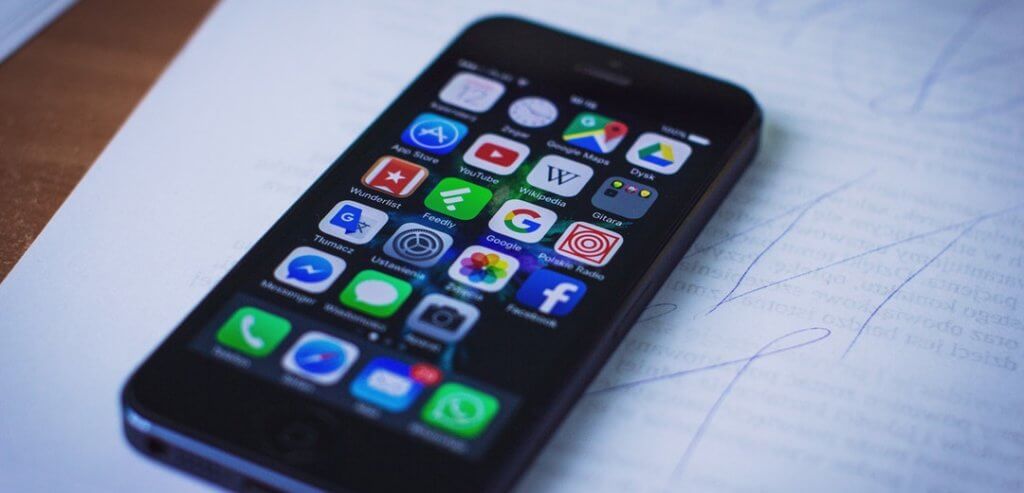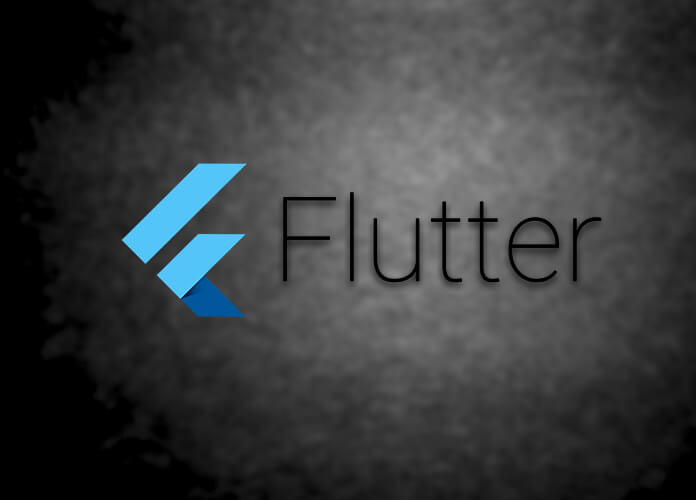Google has been one of the most unpredictable search engines of all times with a whole lot of inventions every now and then. Their latest release – The new Flutter App is a unique interface designed for both new and experienced app developers, according to Google. It’s a reliable platform since, for decades, developers have been searching for a place to create native Android and iOS apps. The New Flutter App Framework is here to act as an open-source mobile framework to deliver a single codebase for both Android and iOS.
But Google just released the Kotlin support some months ago? Why release Flutter App Now?
Well, the app development stage is divided into main categories. The Native development where Google or Apple advocate the use of their default tools including languages on their platforms, then there’s the process where developers create apps for Android and iOS. This is where Flutter App comes in.
Google has used its expertise to create an all in one framework. The company recently announced that Flutter is now officially in beta. In fact, some developers have already created and published some apps that are gaining a fan base on both Google Play and Apple App store.
With this development, we are likely to see more apps coming up to compete for different spots this year.
Features of the New Flutter App Framework
Developing an app that works for the large community especially developers is no easy task, and Google seems to have built the right app for them. With impressive features such as a responsive framework design, integrated tools, instant Hot reload, and a collection of widgets and libraries, Flutter App seems to be a one-stop shop to fit any developer’s needs. Google was quick to state that the widgets in this app include all major requirements of Android and iOS, plus its abilities in scrolling and navigation.
Flutter also comes packed with a simple GPU accelerator for rendering, an ARM compilation, and inline video addition to provide a comfortable user experience that delivers excellent performance. It is built on Google’s Dart programming language for new and avid mobile app developers. The latest Beta version of Flutter removes any bugs and speeds up the engagement process. You will also find other key components such as a 2D rendering engine and an Atom plug-in. Google has also allowed direct integration of Flutter with Visual Studio Code and Android Studio as effective features to help in editing, running, refactoring, and resetting mobile apps. All this with clear guidelines for Xcode to guarantee a smooth conversion on all mobile platforms.
With over 1000 library packages, this app proves to be a great place for developers who need a variety of packages for their work.
Since the release of Flutter’s alpha last year, Google has added some cool features as indicated by Ladd, Flutter’s product manager at Google. It now includes a screen reader support with easy-to-use options such as right-to-left text that allow developers to prepare their apps for local and international use. The beta version is compatible with iPhone X and iOS 11 versions as well as other capabilities such as image formatting and inline video.
There are plans to include more advanced features such as ways to include Flutter to an existing app, increased Firebase support, inline Webview, improved routing, a smaller central engine, and online maps. Just like any other open source provider, Google is concerned with the developers’ feedback to improve their experience on Flutter. Therefore, it is likely that there will be major improvements being made every time to make the platform even better.
Getting Started with Flutter

Flutter app is written in Dart and runs on a 2D rendering engine which provides advanced mobile speed capability for both Android and iOS. The SDK interface is made from a distinct code base which allows developers to create mobile apps and run them on Android and iOS.
Flutter comes with advanced pixel replications of the Android’s Material UI and iOS Ul, which makes it easier for new developers getting in the game. The interesting part of Flutter is, its ability to create custom interfaces with varieties of animations to choose from. Its creative design offers excellent performance and makes it easy to create new interfaces compatible with both platforms.
Seth Ladd indicated that Flutter’s main aim is to improve performance and introduce a native mobile app to the world that features advanced development and multi-platform capabilities with UI toolkits. He further indicated that the app is compatible with the existing parts of any other app, so developers do not need to write a brand new app in Flutter. Just adding the improved flutter features into an app is enough and you get a new app that supports both Android and iOS. Hamilton App is a good example created on Flutter platform.
Future of Flutter App

Flutter is no doubt a great framework and it has been used in Google’s major projects. Fuchsia OS, for instance, is built on Flutter together with Google’s AdWords. This proves that the open source framework is a handy solution for developers who want to build new cross-platform apps. Similarly, the beta version works perfectly with the pre-lease version of Dart 2 that features improved Ul code. It is developed to eliminate useful codes when building UI.
It’s expected that the Google’s team will continue to include advanced features on Flutter to improve users’ experience. Currently, GraphQl and Facebook Connect are supported by Flutter and more apps are still being built. Flutter is available for Windows, Mac, and Linux. So, developers can dive in and start building and sharing codes across their mobile apps.
Since it has already been used in creating apps that have received millions of downloads, it’s clear that Flutter can only get better. Although Google didn’t provide an exact date for any new upgrades, it highlighted that new beta updates will be released after every four weeks. The main focus now is completion and stabilization of the Flutter framework.



